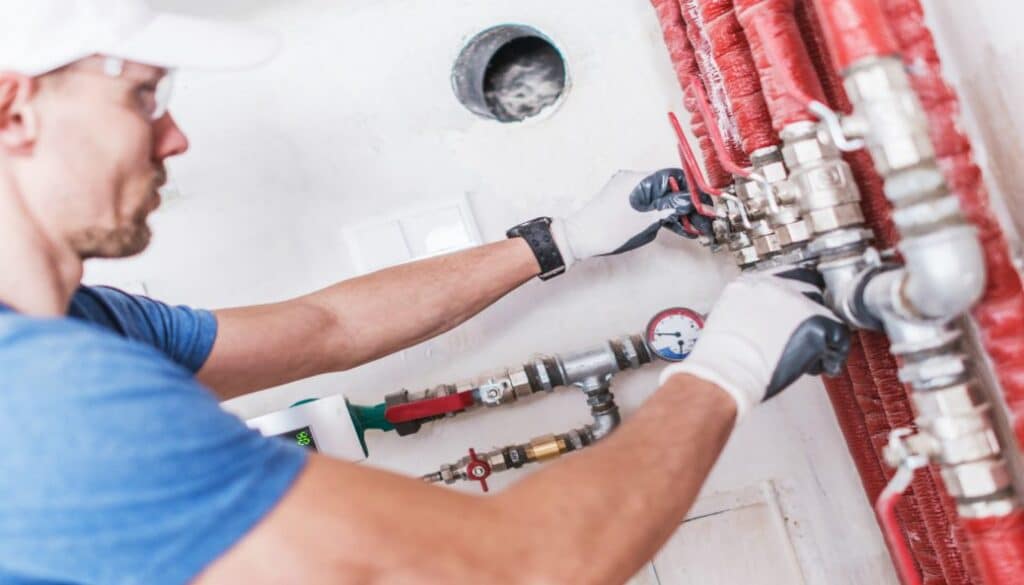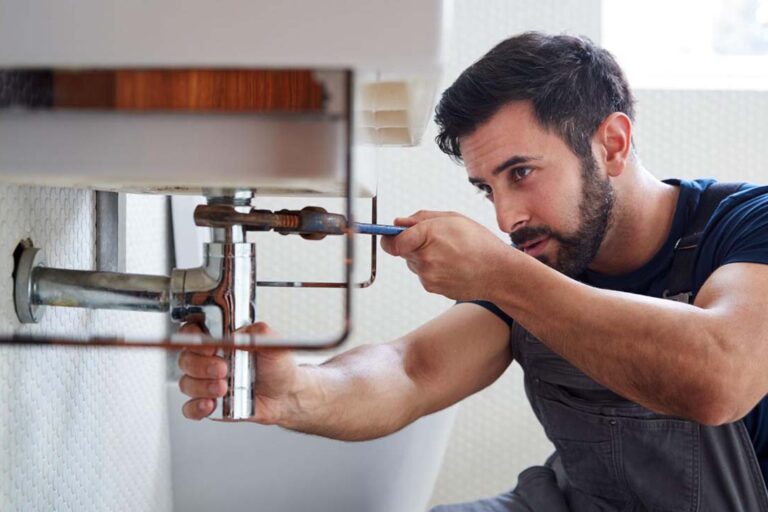When to Handle Plumbing Problems Solo vs. When You Should Hire a Qualified Plumber
When to Handle Plumbing Problems Solo vs. When You Should Hire a Qualified Plumber
Blog Article
This article further down about When to Call a Plumber? DIY or Professional Help is absolutely entertaining. Don't miss it.

Intro
Plumbing concerns can range from small troubles to major migraines, frequently prompting home owners to make a decision between taking on the trouble themselves or calling in a professional plumber. Knowing when to DIY and when to seek professional help can save time, money, and protect against prospective disasters. This short article discovers the variables to take into consideration when making this essential choice.
Benefits of Do It Yourself Plumbing
Tackling plumbing jobs on your own can be rewarding in several methods, specifically for less complex tasks.
Intricacy of Jobs
Some pipes issues call for specialized knowledge and devices beyond common house owner abilities. Mishandling complex issues can result in further damages and expensive repair work.
Safety Worries
Collaborating with pipes systems includes threats such as direct exposure to water damages, potential for electrical risks, and managing tools incorrectly. Security safety measures have to be observed to avoid crashes and make certain efficient fixings.
Indicators to Call a Professional Plumber
Acknowledging when a pipes issue exceeds DIY capacities is essential to avoid intensifying issues.
Indications of Facility Concerns
Examples include:
Trigger expert intervention is needed to address these problems successfully and lessen damages.
Do It Yourself Plumbing Tips
For successful DIY pipes, it's essential to be prepared with the right tools and adhere to proper treatments.
Standard Tools and Products
Trick devices for do it yourself pipes:
Step-by-Step Guides
Clear directions ensure safe and reliable DIY fixings:
Selecting the Correct Time to DIY
Determining when to deal with plumbing tasks yourself calls for evaluating both the intricacy of the issue and individual convenience levels.
Analysis Checklist
Consider:
Price Cost savings
DIY pipes jobs typically conserve cash by avoiding expert service fees. Jobs like repairing small leaks, changing faucets, or installing new showerheads are examples where home owners can take care of repair services without hiring a plumbing.
Ability Improvement
Participating in do it yourself pipes provides a possibility to learn and enhance functional skills. Fundamental jobs encourage homeowners to recognize their pipes systems much better and gain confidence in managing little repair services independently.
Risks of DIY Pipes
While DIY projects provide benefits, specific dangers should be thoroughly considered before attempting repairs.
When to Absolutely Call a Professional
Specific circumstances require immediate expert attention to stop considerable damage or safety threats.
Emergency Scenarios
Examples consist of:
Finding and Hiring a Specialist Plumber
Selecting a certified plumber makes sure dependable solution and assurance in fixing pipes concerns.
Criteria for Option
Factors to take into consideration:
Price Evaluation: DIY vs. Specialist Solutions
Comparing the economic implications of do it yourself initiatives versus professional pipes solutions helps in making notified choices.
Financial Considerations
Review:
Final thought
Making a decision whether to do it yourself or call a professional plumbing professional hinges on comprehending the intricacy of pipes concerns and personal abilities. By evaluating the advantages and dangers, property owners can make educated options that promote reliable maintenance and safeguard their homes from pipes disasters.
DIY vs. Professional Plumbing Repairs: When to Call a Pro
When dealing with plumbing issues or embarking on renovation projects, homeowners have to decide whether or not they want professional help with their home’s plumbing system. While master plumbers can complete just about any plumbing project, they can cost a pretty penny. On the other hand, DIY plumbing projects can very quickly go awry, which can make things worse.
In this blog, we’ll explore common plumbing projects that homeowners can confidently tackle, provide insights into the essential tools needed, and discuss critical DIY mistakes to avoid. Understanding these distinctions not only helps in maintaining the efficiency and longevity of your home’s plumbing system but also ensures safety and cost-effectiveness in your repair endeavors.
Installing/Replacing Certain Plumbing Fixtures
Most homeowners should be able to install new plumbing fixtures or replace old ones that are damaged or old. Using basic tools, you should be able to effectively:
Replace faucet washers or cartridges Replace showerheads Install a new toilet seat Hook up new appliances Replace hose bibbs Unclogging Drains
You should also be able to fix any clogged drains within your home by using a plunger, plumber’s snake, or natural solutions like baking soda and vinegar. These can often clear clogged sinks or bathtubs without needing professional drain cleaning assistance.
Fixing Running Toilets
Another plumbing issue many homeowners may be able to handle is a running toilet. Toilets may run more than they should due to a faulty flapper or float inside the tank. Toilet replacement parts are easy to find and often come with easy-to-follow instructions.
Repairing Leaky Faucets
A dripping faucet can not only be an annoyance, but it can also be a waste of water. Leaky faucets can normally be fixed with basic tools and a basic understanding of how they work, making them easy to fix.
Adjusting Water Heater Temperature
If you are able to follow basic safety precautions, you should be able to adjust the temperature on your hot water heater, which can improve your home’s energy efficiency and also increase comfort.
Fixing Minor Leaks in Pipes
For small plumbing leaks, particularly ones at pipe joints, using plumbing tape or a patch kit can be a temporary fix while you decide on a more permanent solution. Repairing broken pipes, however, can be more difficult and may require professional attention.

I hope you enjoyed our excerpt on When to DIY and When to Call in the Plumbing Pros. Thanks so much for taking a few minutes to read our post. Feel free to take the time to promote this blog entry if you enjoyed reading it. I am grateful for your time. Please come by our site back soon.
Schedule Today Report this page